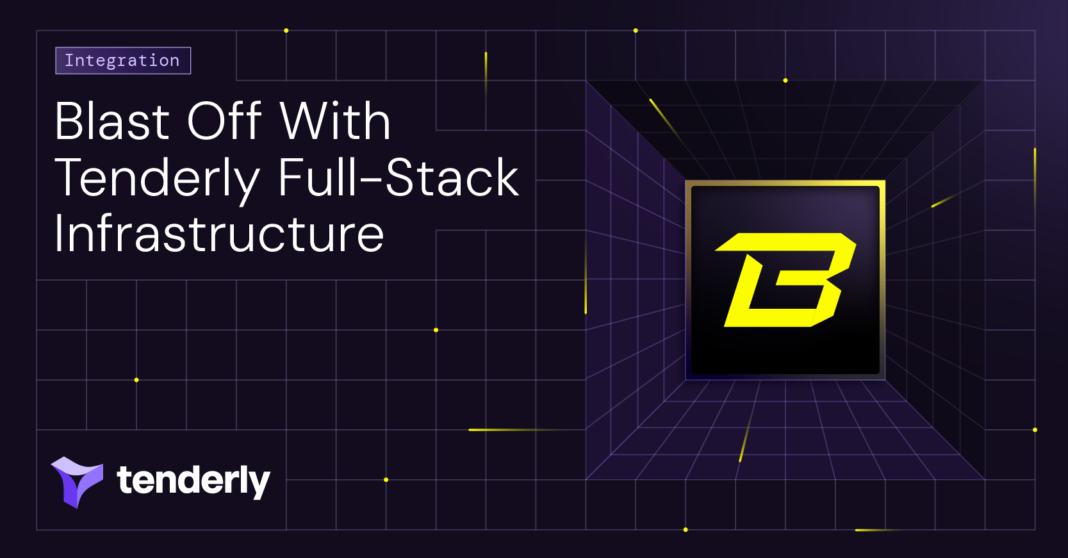Thruster Finance is a decentralized exchange (DEX) built on the Blast blockchain, focusing on yield generation and liquidity provision, particularly for DeFi enthusiasts, often known as “degens” in the crypto world. If you’re deep into the decentralized finance space and looking to explore innovative ways to maximize returns, Thruster might be on your radar.
What Is Thruster Finance?
At its core, Thruster is a decentralized exchange designed to support Blast-native tokens and liquidity providers. Its architecture is well-integrated with various Blast ecosystem protocols and tokens, positioning it as a key player in this blockchain’s ecosystem. Thruster primarily serves advanced users looking to optimize their yield farming and liquidity opportunities while providing tools for liquidity providers to capture better returns. The team behind Thruster is made up of experienced DeFi developers, which indicates their deep understanding of the target market and the intricacies of decentralized finance.
How Does It Work?
Thruster operates similarly to many other DEXs, but with a focus on enhancing liquidity provision through advanced mechanisms. Its key features include:
- Constant Factor and Concentrated Liquidity AMMs: These Automated Market Makers (AMMs) allow liquidity providers (LPs) to gain better yield on their liquidity by focusing on specific price ranges (concentrated liquidity) or broader strategies (constant factor AMMs). This system enables more efficient capital use and yield maximization for users who actively manage their liquidity pools
- Blast Ecosystem Integration: Thruster isn’t a standalone entity but is part of a broader ecosystem. It is heavily integrated with Blast’s protocols and works closely with other major DeFi projects. This interoperability enables it to offer unique incentives for liquidity providers and traders
- Voting and Governance: Thruster employs a governance mechanism using its native token, THRUST. Holders of THRUST can lock their tokens in vote-escrowed THRUST (veTHRUST), allowing them to vote on governance proposals. These could include changes to the protocol, upgrades, and decisions about emissions of new THRUST tokens
- Liquidity Incentives: Thruster offers liquidity incentives through its “Blast incentives” system. This rewards liquidity providers with additional THRUST tokens or other Blast-native tokens for participating in its liquidity pools
Key Partnerships
Thruster has aligned itself with several prominent projects in the DeFi space. For instance, JUICE Finance, a DeFi app that focuses on cross-margin lending, integrates with Thruster’s rebasing tokens like native ETH and WETH
This strategic partnership with Blast-native teams allows for more diverse and lucrative yield farming opportunities.
Additionally, Thruster partners with Insrt, a platform that connects decentralized finance with NFTs. Together, they’re working on a stablecoin built on top of the Thruster platform, further enhancing the diversity of assets available on the DEX
Why Should You Care?
If you’re a DeFi enthusiast or a liquidity provider looking for a DEX that offers sophisticated tools, integration with a fast-growing blockchain ecosystem, and the potential for higher returns, Thruster Finance could be an attractive option. However, as with all DeFi projects, it’s crucial to recognize the risks involved, especially given its focus on yield generation, which often requires a higher level of risk tolerance.
Thruster aims to cater to “degens”—users with a higher risk appetite who are willing to engage in more complex DeFi strategies. While this might not appeal to casual users or those unfamiliar with the risks of liquidity provision, for the more advanced users, the rewards can be worth the risk
Risks and Considerations
Thruster, like many DeFi platforms, is subject to market volatility and the risks associated with decentralized platforms. The documentation for Thruster emphasizes the need for caution, urging users to verify information independently and consult with financial professionals before making investment decisions(
Additionally, Thruster is still relatively new in the DeFi landscape. While it has the backing of well-known DeFi figures, it’s essential to keep in mind that early-stage DeFi projects often come with heightened risks, including smart contract vulnerabilities, fluctuating token values, and liquidity risks.
Conclusion
Thruster Finance presents an intriguing option for DeFi users who are looking for a platform that’s deeply integrated into the Blast ecosystem and offers tools for maximizing yield. Its focus on advanced liquidity provision, strategic partnerships, and a strong community of backers positions it as a project worth watching. However, its focus on yield generation means it might not be for everyone—those interested should assess their risk tolerance carefully before diving in.
As with any DeFi project, due diligence is key. Make sure to explore the official resources and stay updated on any developments or potential risks as the platform continues to grow. For those ready to take the plunge into more complex DeFi strategies, Thruster Finance could offer some exciting opportunities.




